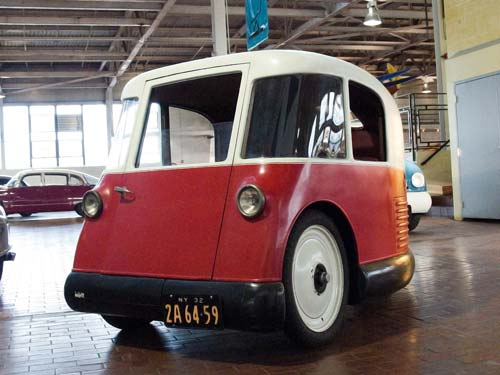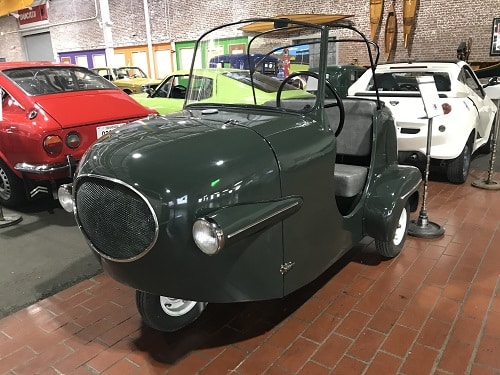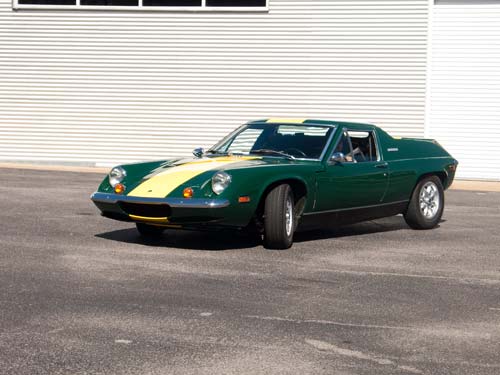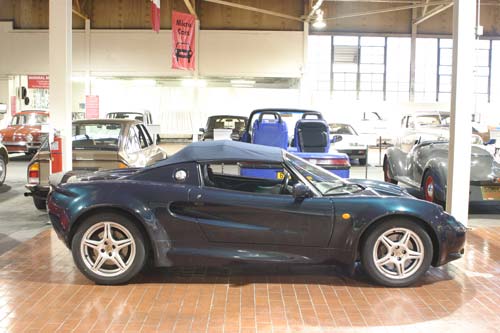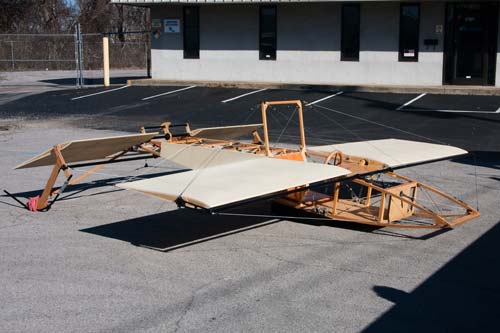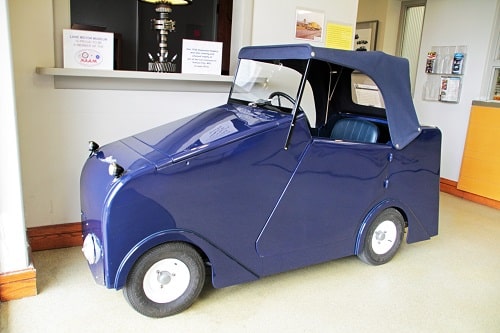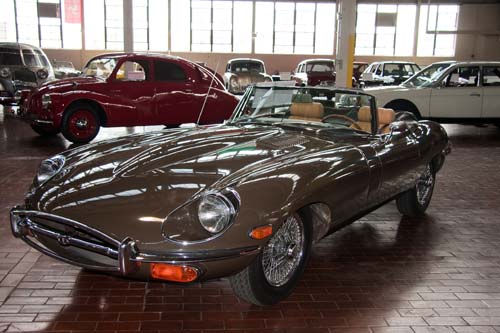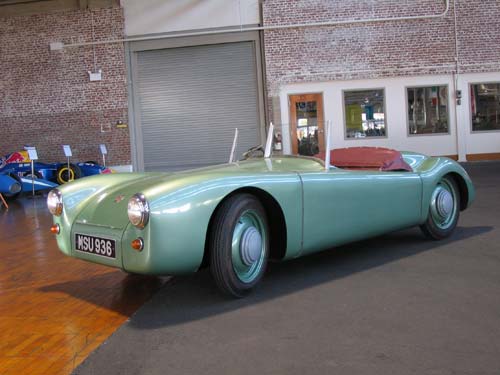Martin Martinette-1932
At the 1932 National Automobile Show in New York, James V. Martin displayed two experimental rear-engined cars of his own design–the four-wheeled Martin and the three-wheeled Martinette. While they incorporated numerous airplane design features, they were also streamlined along jaray principles. This vehicle includes a wooden frame, aluminum body, and independent wheel suspension by […]
Martin Martinette-1932 Read More »

